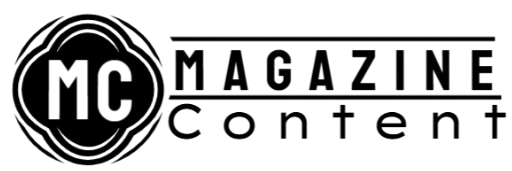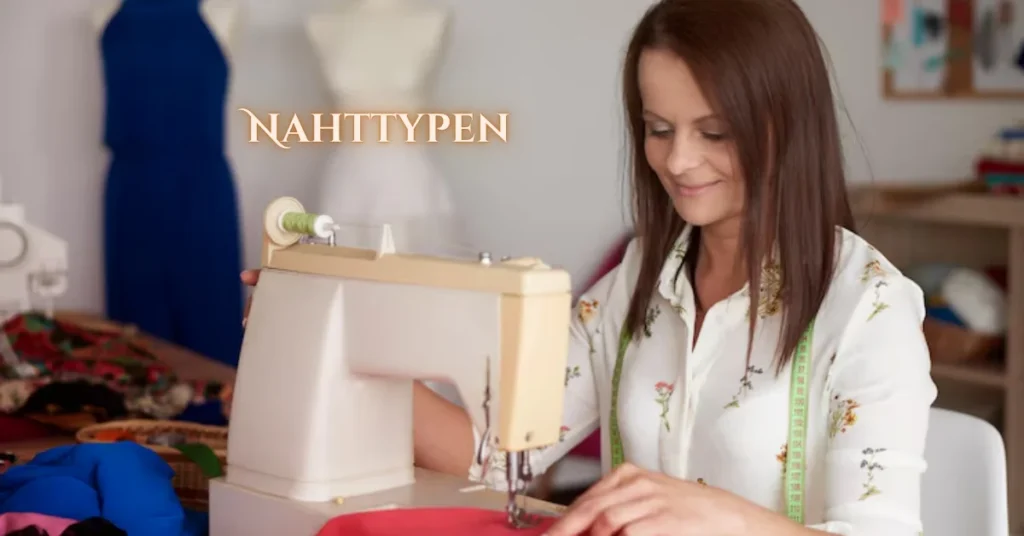Introduction to Seam Types (Nahttypen)
What Does “Nahttypen” Mean?
“Nahttypen” is the German term for “seam types”—the different methods used to join two pieces of fabric. While the term is German, the concept is universal in the sewing and fashion industry. Mastering different Nahttypen gives you control over the durability, appearance, and comfort of your garments.
Importance of Seam Selection in Sewing Projects
Ever made a beautiful dress only for it to fall apart after one wash? That’s where choosing the right seam type matters. Seam selection is not just about holding fabric together—it’s about enhancing wearability, preventing fraying, and delivering a professional finish.
Basic Seam Types
Plain Seam
This is the most common and straightforward seam. It joins two pieces of fabric, right sides together, and is stitched with a straight line.
Use Cases and Advantages
- Ideal for most woven fabrics.
- Clean, quick, and efficient.
- Often used in interior seams where finishing isn’t required.
French Seam
A seam that encases raw edges, perfect for delicate or sheer fabrics.
Ideal for Delicate Fabrics
- Great for chiffon, silk, and organza.
- No fraying, looks neat from the inside.
- Excellent for fine garments and lingerie.
Flat-Felled Seam
This is a strong, durable seam with both raw edges enclosed.
Strength and Durability
- Common in jeans and trousers.
- Ideal for clothing that undergoes stress and frequent washing.
- No additional finishing required.
Decorative Seam Options
Topstitching
Not just a finishing detail—it adds strength and style.
- Used in jackets, jeans, and bags.
- Offers a polished, tailored look.
Lapped Seam
Fabric pieces overlap and are stitched together. Often seen in traditional or unlined garments.
- Adds structure.
- Used in denim, uniforms, and outerwear.
Piped Seam
A decorative cord or piping is inserted between layers.
- Great for home décor or children’s clothes.
- Adds color and dimension.
Seam Finishing Techniques
Overlocking
Also known as serging, this method trims and finishes edges in one go.
- Perfect for knit fabrics.
- Prevents fraying, provides elasticity.
Pinked Edges
Uses pinking shears to cut a zig-zag edge that resists fraying.
- Simple and quick.
- Ideal for lightweight or decorative pieces.
Bias Binding
Edges are wrapped with a bias-cut strip of fabric.
- Professional finish.
- Often used in unlined jackets and quilts.
Choosing the Right Seam for Your Fabric
Seam Considerations for Knit Fabrics
Stretchy fabrics require seams that move with the fabric.
- Use overlock or stretch stitches.
- Avoid tight straight stitches—they’ll snap.
Seams for Heavyweight Fabrics
Thicker materials like denim or canvas need stronger seams.
- Flat-felled or reinforced seams work best.
- Use thicker thread and stronger needles.
Handling Sheer and Lightweight Fabrics
Delicate materials need careful handling.
- French seams or double-stitched seams.
- Use fine needles and tension adjustment.
YOU MUST READ: Stories About Crossdressers: A Fashionable Experience
Seam Choices Based on Garment Type
Seams for Formal Wear
You want seams that are invisible yet elegant.
- French seams and bound seams are popular.
- Adds finesse to evening gowns and tailored pieces.
Casual or Everyday Clothing
Comfort and durability matter most.
- Plain seams with serged edges work well.
- Flat seams for tees and loose-fitting outfits.
Sportswear and Activewear
Needs to handle sweat, movement, and stretch.
- Overlocked seams and cover stitches.
- Avoid bulky seams that may cause irritation.
Tools and Accessories to Perfect Seams
Essential Sewing Tools
- Seam ripper (yes, mistakes happen!)
- Pins and clips
- Measuring tape and fabric scissors
Seam Guides and Markers
- Chalk markers and disappearing ink pens.
- Magnetic seam guides for straight stitching.
Common Seam Mistakes and How to Avoid Them
Puckering
Caused by tension issues or fabric being pulled.
- Use proper thread and needle for the fabric type.
- Don’t tug on fabric while sewing.
Fraying
Unfinished raw edges will unravel over time.
- Always finish seams.
- Try overlocking, pinking, or bias binding.
Misalignment
Uneven seams look unprofessional.
- Pin your fabric.
- Use seam guides to maintain straight lines.
Tips for Flawless Seam Execution
- Always pre-wash fabric to prevent shrinkage.
- Press seams after sewing—they lay flatter and look sharper.
- Use a seam allowance appropriate to the fabric and pattern.
- Don’t skip seam reinforcement on stress points (like underarms or crotches).
Conclusion
Mastering Nahttypen isn’t just for tailoring pros—it’s for anyone who wants their handmade garments to look store-bought. From functional basics like the plain seam to elegant finishes like French seams or piping, the right choice makes all the difference. So next time you’re sitting in front of your sewing machine, remember: the seam you pick can either make or break your creation. Stitch smart!
YOU MUST READ: ProcurementNation.com markets: Real-Time Order Tracking Tools
FAQs
What is the strongest seam type?
The flat-felled seam is considered the strongest, commonly used in jeans and heavy-duty garments.
How do I choose the right seam for a stretchy fabric?
Use overlock or zig-zag stitches to allow the seam to stretch with the fabric without breaking.
Can decorative seams also be functional?
Absolutely! Seams like topstitching and piped seams offer both visual appeal and structural support.
What seam should I use for children’s clothing?
French seams or bound seams are safe and gentle on skin, with no exposed edges.
How do I prevent seams from fraying?
Finish every seam using techniques like overlocking, pinking, or bias binding to keep fraying in check.






